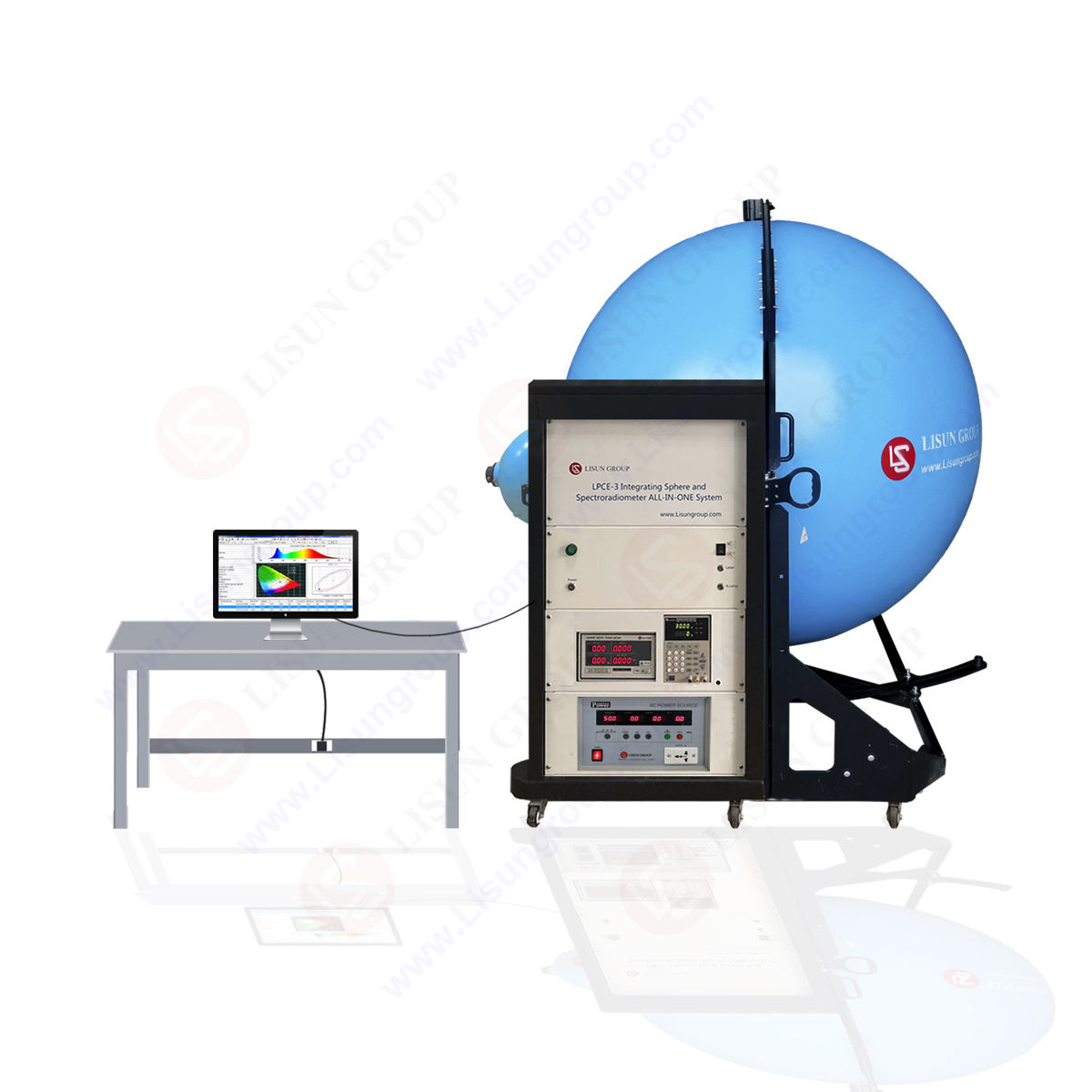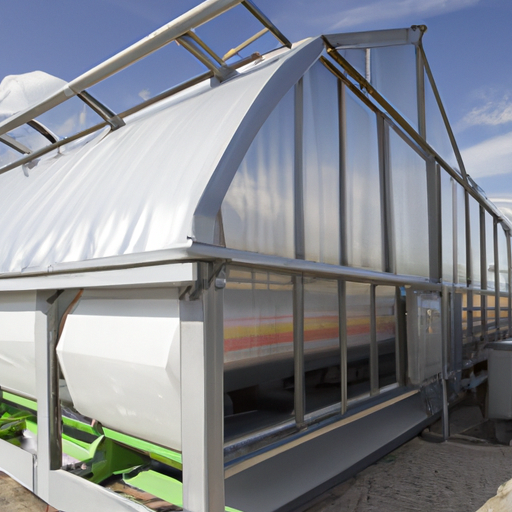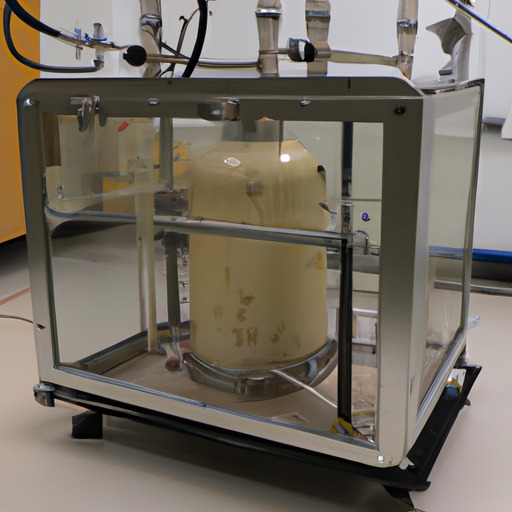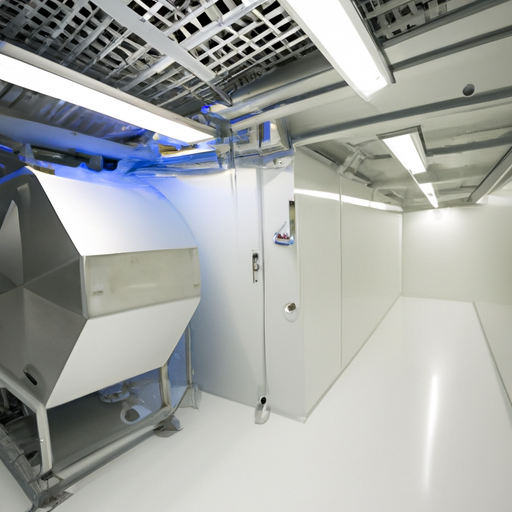The light source flashing is actually the subjective feeling of the reaction chain from voltage variation, flux fluctuation (Flux Meter), eyes to human brain. The technology mechanism of the stroboflash includes power supply, electric light source property, as well as the unsuitable illumination design and so on. The following is the general technical analysis of the electric light source technical property.
1. Low frequency of light source power supply. There is incandescent lamp, high pressure mercury (sodium) lamp, tube (inductive) fluorescent lamp. At present, the shiner of the electric light source is directly powered by the sinusoidal alternating current of 50Hz. The stroboscopic frequency is 50Hz*2=100Hz, and fluctuates regularly with the sine wave.
2. Large fluctuation of light source voltage. At present, China uses the industrial frequency ac power source. The instantaneous voltage fluctuation range is between 10%~20%, which greatly increased the frequency to 100Hz, the stroboscopic depth is the same with the regular fluctuation of the sine wave.
3. Electric light source property. The incandescent lamp is the hot radioactive light source; the shine power of the shiner must fluctuate regularly as the shine wave with the changing of the frequency of the power supply. Incandescent lamp, high-pressure mercury (sodium) lamp, tube (inductive) fluorescent lamp is the electric light source of the gas discharge. However, because the enablement and the lighting use the inductive ballast (without AC-DC-AC frequency conversion function)(Inductance Ballast Test), the discharge power of the gas discharge shiner also regularly fluctuates with the fluctuation of the power supply frequency.
The influence caused by the voltage variation can be quantized by two concepts, namely visual sensitive coefficient curve and flicker voltage limit curve.
The light flashing perceived by the human eyes can measure the sense quality of the human eye to the light source flashing by using the statistical method. Figure 1 is the visual sensitive coefficient curve caused by the voltage fluctuation of different frequency. The most sensitive frequency is 8.8Hz; the sensitiveness reduces with the decrease of the frequency. When the flicker frequency is more than 40Hz, the feeling is not sensitive; the flashing of more than 50Hz has no feeling.
Figure 2 is the flicker voltage limit curve by IEC. It has the mutual image with the visual sensitive coefficient curve, the visual sensitive frequency is 8.8Hz, and the voltage variation d is the least, namely 0.29%. This curve is got by the periodic rectangular (or phase step) voltage.
The voltage variation d represents the difference of the two nearby extremum voltage; the voltage variation frequency r represents the time of the voltage variation in the unit of time, the unit is min-1.
About Lisun Group:
Lead in CFL and LED Tester. Click to our product lists:
Goniophotometer
Spectroradiometer
Integrating Sphere
Colorimeter and Photometer
LED Test Instruments
CFL Testing Instruments
EMC testing
Electronic Ballast Tester
Equipments for Testing Electronic components
Electrical Safety Tester
Environmental Chamber
AC and DC power supply
Spectrophotometer
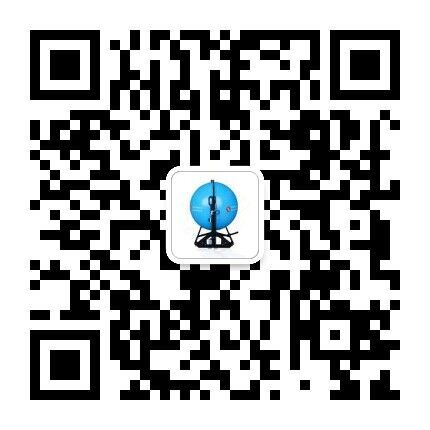
 中文简体
中文简体
